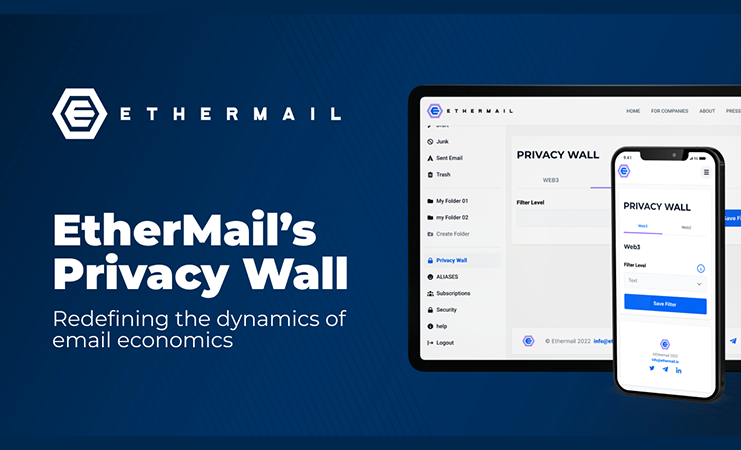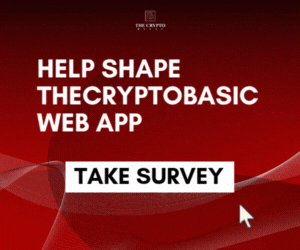Amidst a very uncertain global economic environment, one truth remains: you can’t kill email! In 2021, 320 billion emails were sent and received daily, and this number is expected to grow to 376 billion by 2025. Email is undoubtedly one of the most dominant and enduring forms of communication, used by the majority of the global population and every type of organization. It has stood the test of time, and is a reliable solution that will play a key role in helping Web2 companies transition into the Web3 ecosystem.
However, before email can provide the underlying architecture for a new era of Web3 communication, we must acknowledge and address email’s significant spam problem. Everyday, the average worker in the U.S receives 120 emails, with roughly 20% of these coming as unwanted spam that evades security filters to land in the users’ inbox. What if we could turn this source of frustration into a rewards mechanism? Imagine users could generate some value from reading those inbounds?
At EtherMail, we want to usher in a new advertising paradigm – one that prioritizes the privacy preferences of end users. We firmly believe the email inbox needs a personalized protective layer to incentivize readers to engage with marketing and newsletter inbounds. Primarily, we want to reward users for the attention and time they spend everyday sifting through unwanted marketing inbounds in their inbox. We want to create a mutually-beneficial ecosystem in which advertisers and email users have absolute clarity around what each side is getting from each other. Today, companies pay Meta (formerly Facebook) money to place targeted advertising in front of users. Shouldn’t they be paying end users to place ads in front of them? Over the years, the Web2 landscape has facilitated an advertising free for all, with the privacy of user data being undercut at every turn, and in many ways, turning the user into the product. We want to reverse this trend and pass the considerable advertising spend directly back to the user in the form of $EMT, our native utility token which will be launched as part of our future roadmap. This is exactly the type of vision for user autonomy and empowerment that is at the heart of the Web3 movement. Intuitively, by charging brands to place ads directly in front of users, this would encourage the placement of relevant content based on a user’s scope of interests.
The EtherMail Paywall solution will serve as a type of virtual toll configured by a Web3 user for their inbox, representing a new incentivization paradigm for emailing, bringing the traditional model into Web3. It will be a personalized protective layer to filter spam and incentivize readers for receiving inbound advertising emails. Users will have the ability to control their paywall based on a range of custom preferences and define what kind of content they are willing to read in exchange for $EMT.
Before we launch the Paywall, we are introducing the Privacy Wall – a first iteration of what will eventually be our Paywall. The Privacy Wall allows users to set their custom preferences around designated content sources, ie: who can send them emails. You can set the outreach preferences that work for you. For example, it could be limited to Web3 companies from your community, or any users from your community that belong to the same Web3 project, token holders of a particular project, or any Web3 email, from basically any EtherMail user. Alternatively, for Web2 you can opt for a ‘No contact’ setting, meaning that no domain outside of EtherMail can contact you. By choosing ‘High security domains’, outreach will only come from a list of domains that EtherMail considers highly secure. Finally, by selecting ‘All domains’, anyone can contact you from a Web2 domain.
We are also working on a subscriptions model, which will allow users to opt-in and grant consent to advertisers to target their inbox in exchange for $EMT. An example subscription could be defined by a set of parameters including a user’s range of interests, their region of residency, their demographic and more.
It has always cost users time and energy to read emails, and we believe they should be able to prioritize what is worth their time, instead of having this decision made for them. Users will be able to set their desired level of privacy, define who can reach out to them, and crucially, outline the terms of payment for emails read – truly a new paradigm for inbound email marketing.
Follow EtherMail on Twitter and join the project’s Telegram community to stay up to date on the latest developments and announcements.
DisClamier: This content is informational and should not be considered financial advice. The views expressed in this article may include the author's personal opinions and do not reflect The Crypto Basic opinion. Readers are encouraged to do thorough research before making any investment decisions. The Crypto Basic is not responsible for any financial losses.



